Cruising in the Gulf of Thailand – A Superyacht Guide
The lesser-known side of Thailand certainly has much to offer for visiting Superyacht guests.
Posted on
Long since has Phuket and the west coast of Thailand been on the cruising radar for Superyacht owners, and charter guests. So much so that it has now evolved in to becoming the main superyacht hub of Asia. In some ways it may be considered the ‘Cote d’Azur’ of the East. Little however has been written of the Gulf of Thailand and the gems on offer for those willing to cruise a little off the beat and track.
Over-shadowed somewhat by the richness and diversity of the Andaman Sea region on Thailand’s western seaboard, it has to be said how surprisingly good the Islands in the Gulf actually are as a destination for Superyachts. They should be considered as a first-rate destination in their own right.
Spearheaded by Koh Samui as the main tourist island, there are also lots of other smaller islands such as Koh Pangan, Koh Tao and Koh Chang further to east. These islands are far less developed and prime for exploration. All of which still retain their rustic charm. Together they offer an excellent combined cruising region.
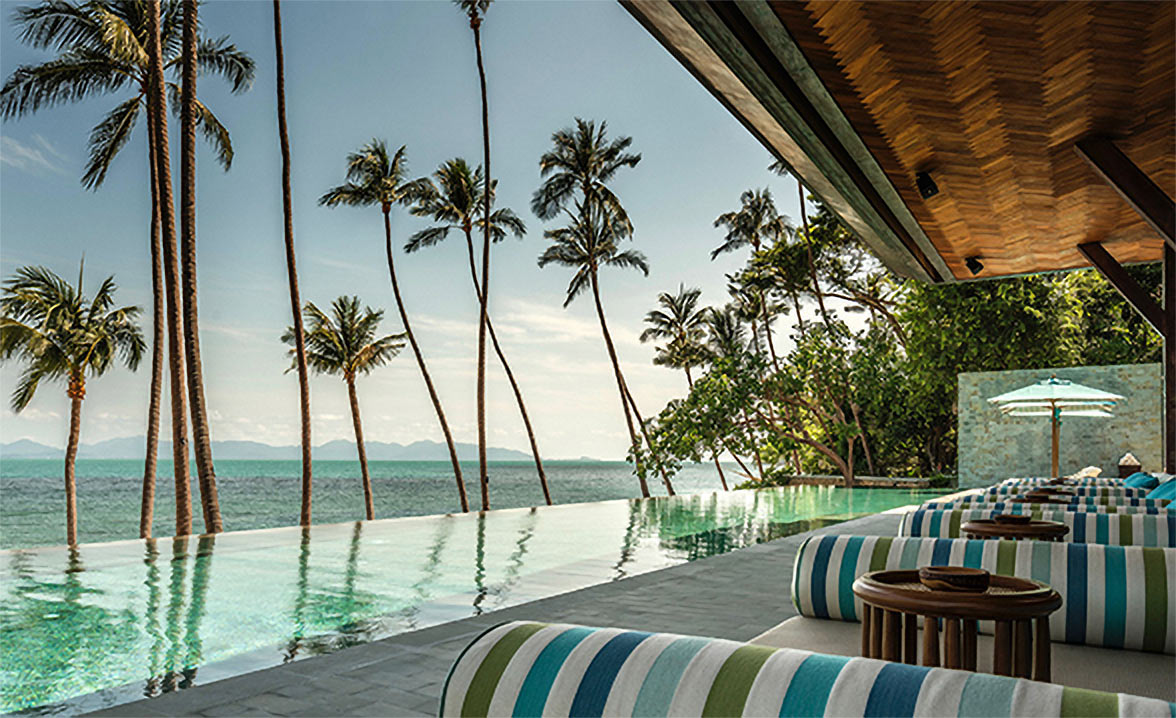
Best time to visit – Light and steady southwesterly monsoon winds prevail across the Gulf of Thailand during the months of May through to October. Blue skies and warm temperatures can be expected for this time of year, and most importantly, calm sea conditions.
Supported by Koh Samui’s international Airport it is relatively easy to access the region, either by scheduled of private flights. Within thirty minutes of landing, guests can be whisked aboard, ready to explore on a waiting yacht.
Here is our introduction and main rundown of cruising around the Gulf of Thailand, with information on the main islands and areas that can be discovered during a cruise around the eastern seaboard of Thailand.
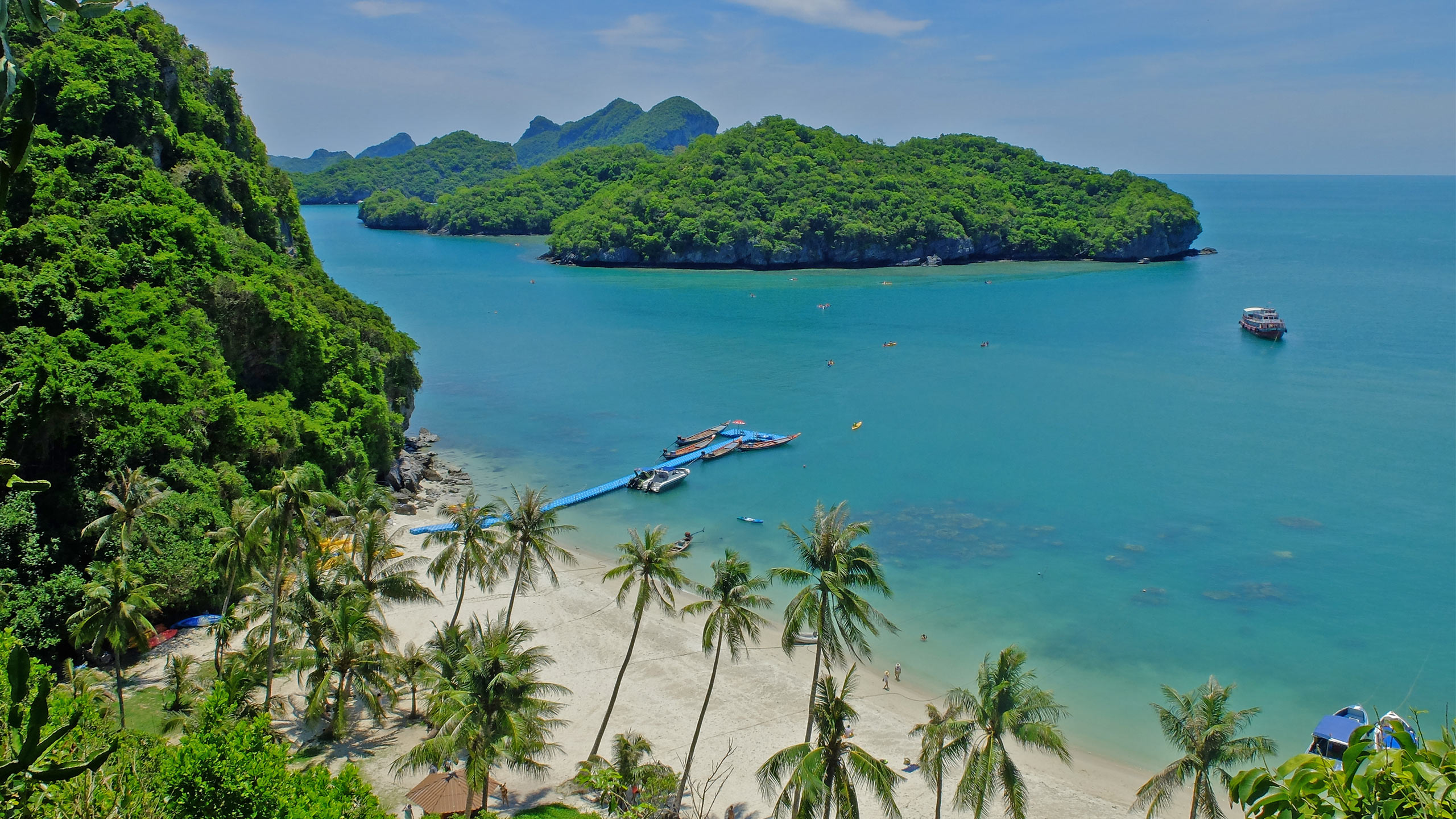
The Western Islands
Koh Samui
Koh Samui, one of Thailand’s largest islands in the Gulf of Thailand, is known for its palm-fringed beaches circling coconut groves and dense, mountainous rainforest. It’s also home to luxury resorts, posh spas and a rowdy nightlife. The 12m-tall golden Big Buddha statue at Wat Phra Yai temple is a local landmark.
An island of great natural beauty and variety, Samui is home to about 40,000 full-time inhabitants, 90% of whom are Buddhist. The palm-fringed shoreline and coconut and fruit cultivation of the coastal lowlands rise to a central granite massive, the slopes of which are cloaked in virgin rainforest.
The island was probably first inhabited about 15 centuries ago, settled by fishermen from the Malay Peninsula and southern China. It appears on Chinese maps dating back to 1687, under the name Pulo Cornam.
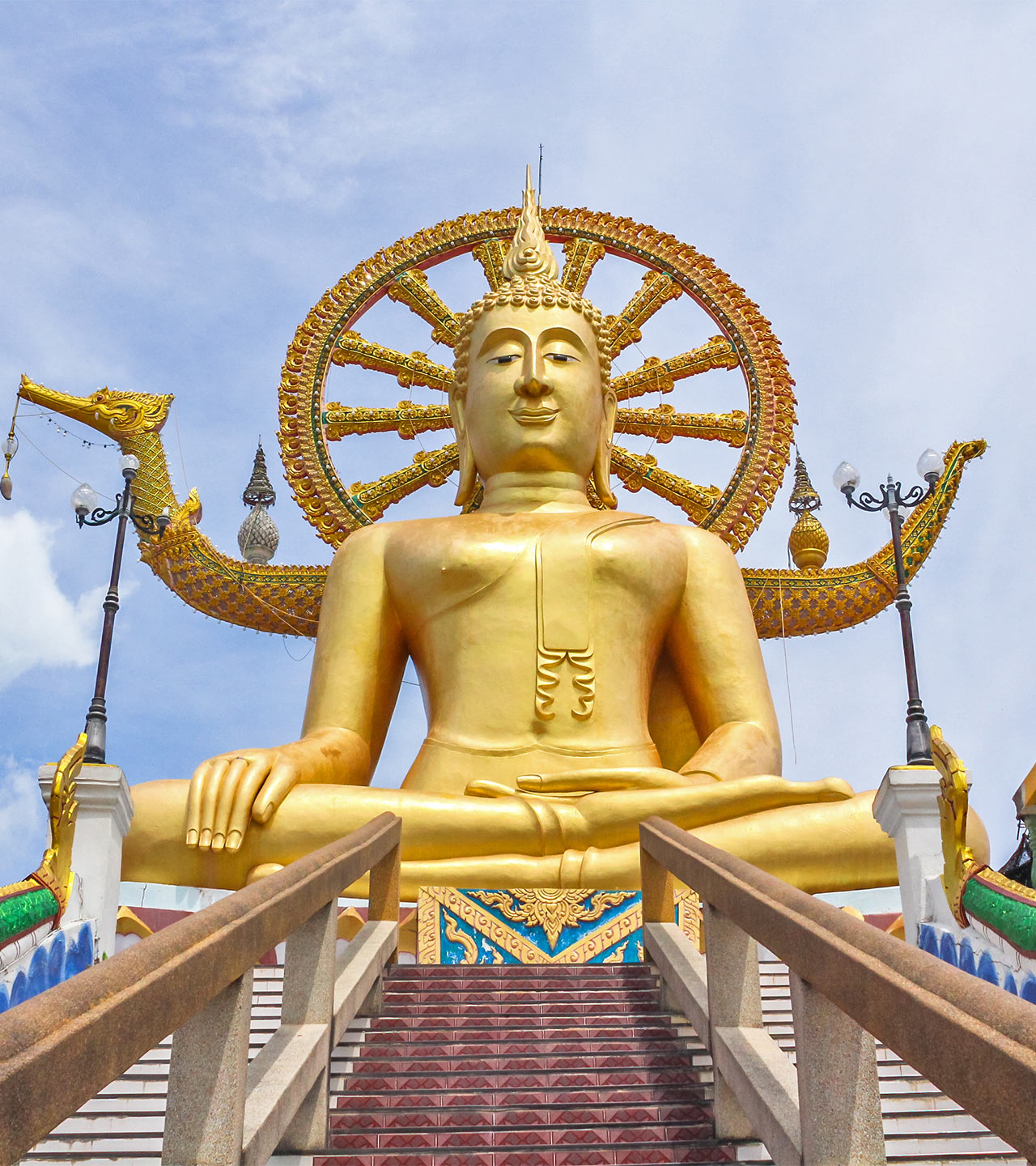
Until the late 20th century, Samui was an isolated, self-sufficient community, having little connection with the mainland of Thailand. The island was even without roads until the early 1970s, and the 15 km journey from one side of the island to the other involved a whole-day trek through the mountainous central jungles.
In the early 1970s the first backpackers travelling on the back of a coconut boat arrived on Koh Samui. For years after that the island had just a few bungalows and a trickle of tourists. Things started to change in the early 1990s when tourists started arriving on full boats and since then the place has grown substantially.
Samui is now the second-most popular place as an island destination in Thailand (the first is Phuket). Koh Samui may not be the country’s most beautiful island, but it is still an oasis of natural beauty with its white sandy beaches, dazzling coral, luscious lagoons, picturesque waterfalls, swaying coconut trees and crystal clear water. The water at Bophut Beach, though, is often murky, especially around December.
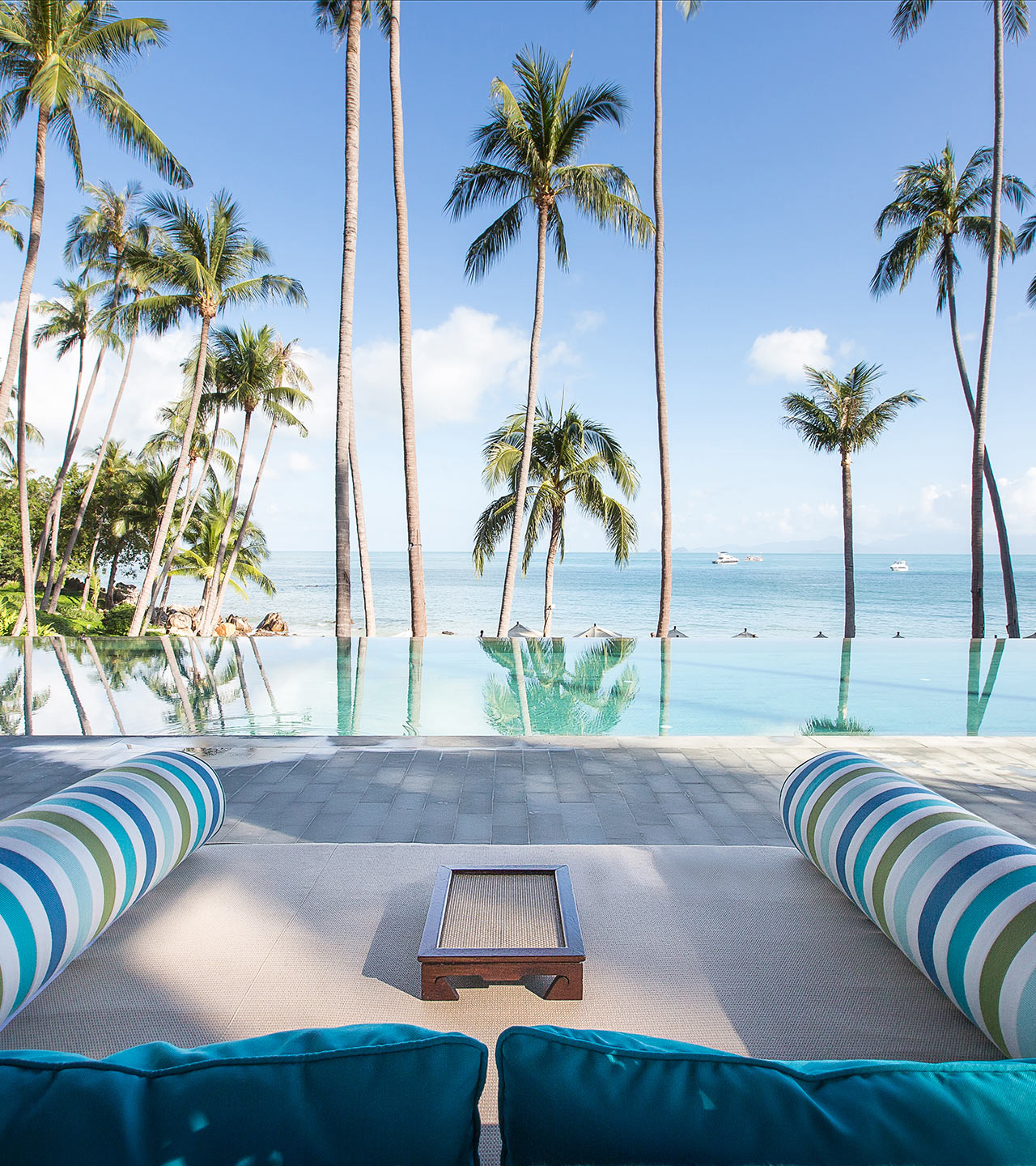
Ang Thong National Park
Most of the islands are close to each other, making a breathtaking panorama when sailing around the park. All the islands are of different sizes and shapes. Most of them are covered with tropical forests and named after their distinguishing geography, a kind of descriptive appellation, such as ‘Sleeping Cow Island’ and ‘Three Pillars Island’.
Koh Wua Talap is the island that contains park headquarters as well as tourist information center, a restaurant, Buaboke Cave, tourist bungalows as well as the famous view point from where you can see the panoramic view of the National Park. Koh Wua Talap has two beaches. Both beaches are located on opposite ends of the island and it is possible to go from one to another via a short but by no means easy jungle trek (around 30 min) using a trail. There is a rope all along the trail, which ensures you do not get lost.
Ang Thong translates as “golden bowl”. It occupies almost 250 sq km and includes 50 sq km of limestone islands and karst topography, which rise from the sea as dramatic rock cliffs and bizarre rock formations. Caves, hidden lagoons, and white sand beaches are there to be explored and snorkeling among the shallow coral gardens makes for a popular and fascinating day trip.
Ang Thong National Marine Park is a protected nature area consisting of over 40 islands, and is famous for its natural beauty. All of the islands are uninhabited and undeveloped except for two. One being Koh Wua Talap and other, Koh Paluay, which is inhabited by sea gypsies who still earn a living from fishing.
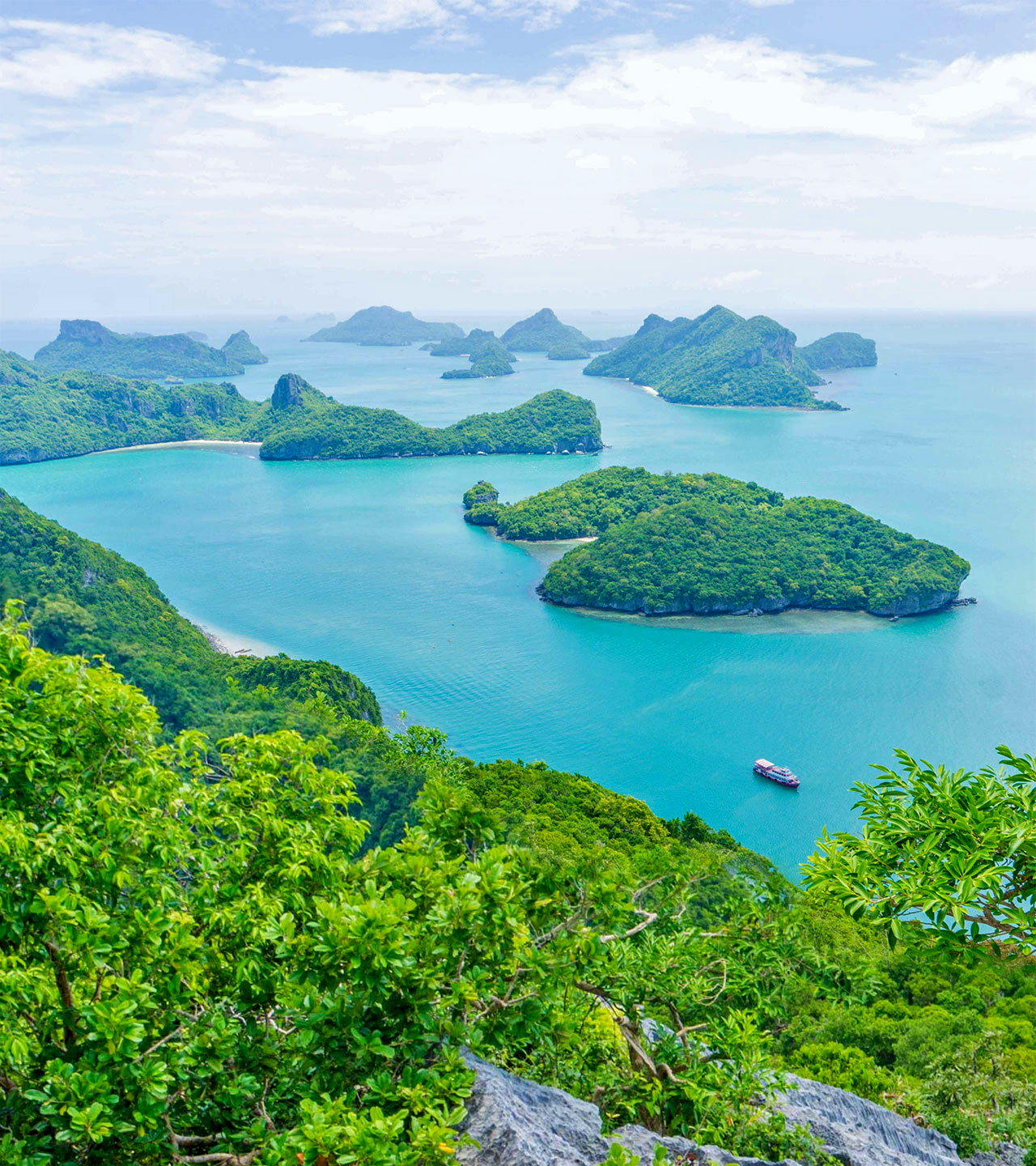
Koh Pangan
The mid-sized and quite mountainous island (it stretches over 168 sq km and 70% of its topography is mountainous jungle with the remainder beaches and coconut groves) is situated roughly a third of the way from Koh Samui to Koh Tao. The island’s original inhabitants are believed to have been either sea gypsies, or have come from Pattani or Nakhon Si Thammarat and once they settled the island, the main established industries became fishing and coconut cultivation.
Today, the coconut and fishing industries are still going, but they’ve been surpassed in monetary value by tourism and while the original inhabitants may have been predominantly Muslim, the present day population is mostly Buddhist. This is in part due to the massive influx of labor from elsewhere in Thailand seeking work in the thriving tourist industry
Of course the major attraction is still the legendary Full Moon Party on Haad Rin beach.

Koh Tao
Its first settlers named Koh Tao after the island’s turtle-like shape. Coincidentally, the island is an important breeding ground for hawksbill and green turtles. Development of tourism had negatively impacted the health of these grounds, but a breeding programme organised in 2004 by the Royal Thai Navy, and a coalition of local scuba diving centers, has reintroduced hundreds of juvenile turtles to the island’s ecosystem.
The island is well known for scuba diving and snorkeling, as well as hiking, rock climbing, and bouldering. The most popular place for visitors is Sairee on the west coast, which has a white sandy beach of 1.7 km interrupted only by a few huge boulders and a scattering of medium budget resorts and restaurants. Chalok Baan Khao, to the south of the island, is becoming increasingly popular as an alternative for those wishing to escape the crowds. A great many granite boulders, both in the forests and on the beaches of Koh Tao, attract a growing number of climbers.
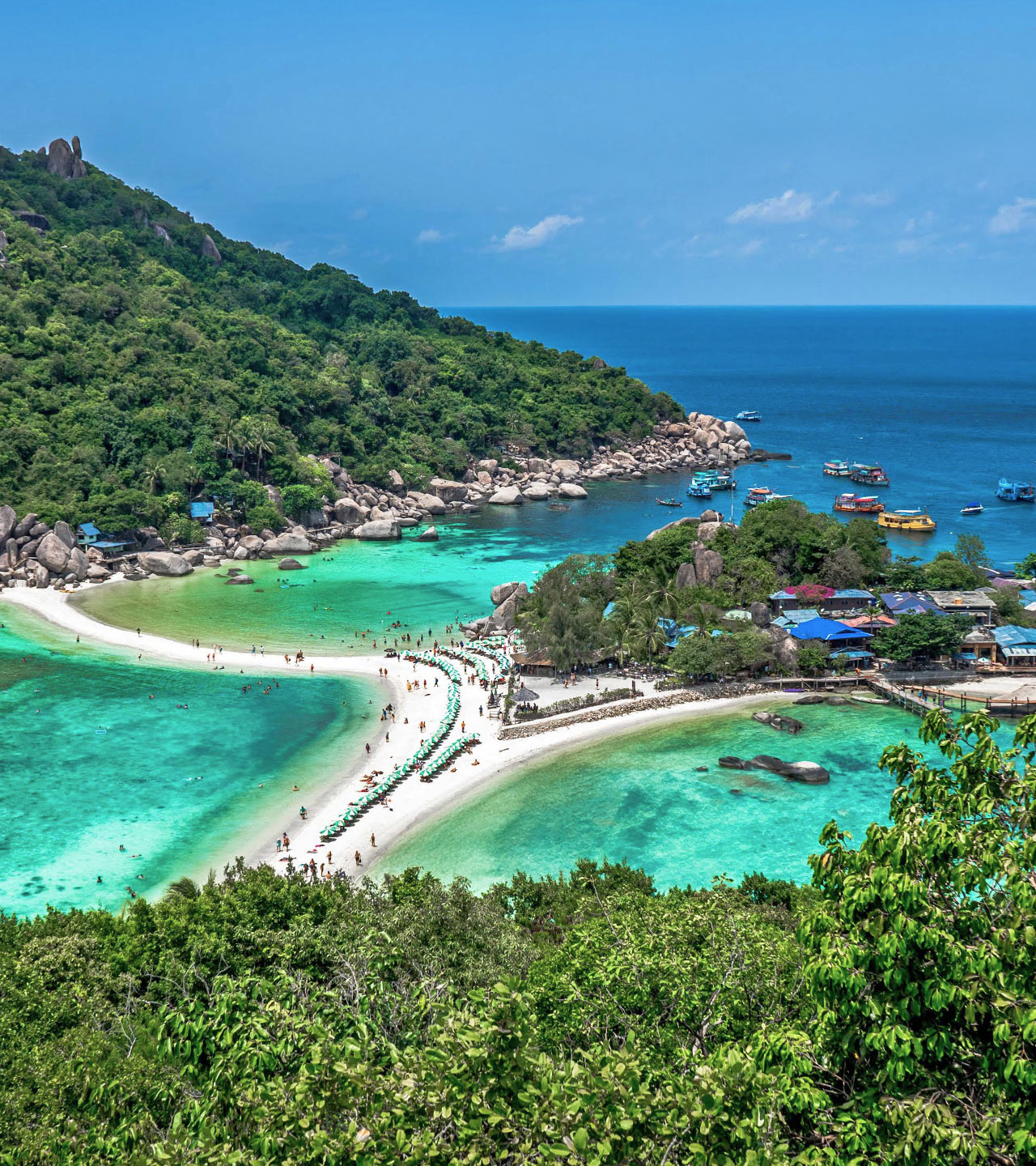
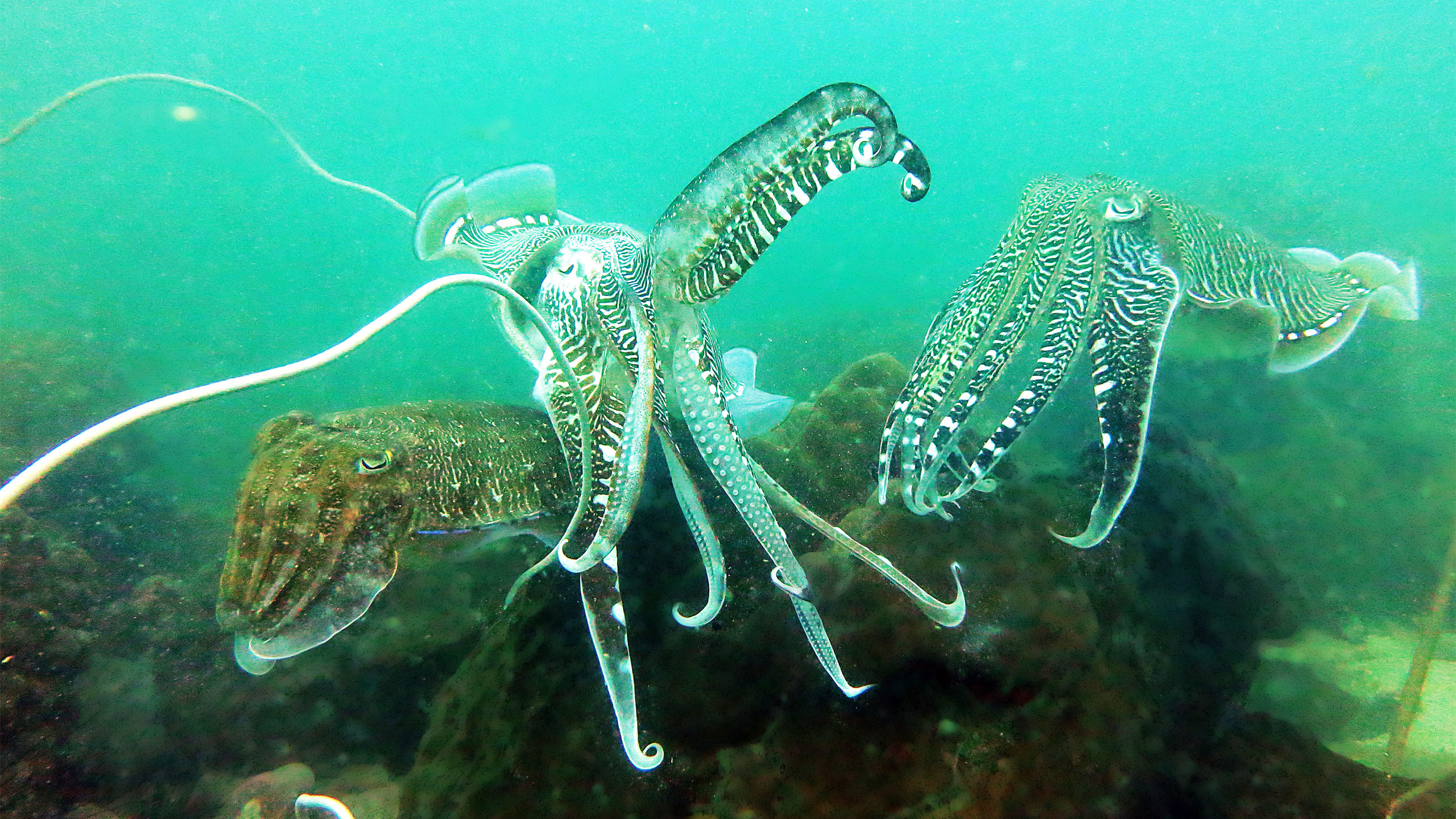
The Eastern Islands
Koh Chang
Koh Chang is one of Thailand’s most beautiful islands with long white sandy beaches. The island is also home to a wide range of wildlife, including a good selection of birds, snakes, deer and a number of elephants. The island and its vicinity are great places for snorkeling, diving and jungle hiking. The “discovery” of the island as a tourist destination since 2000 has brought on a large amount of rapid development, and while still far quieter than places like Phuket or Koh Samui, it is far from quiet in high season.
Prior to World War II, Koh Chang was little known to Westerners and was lightly populated. The few families there made a living growing coconuts and fruit on the mainland. In January 1941, during the Franco-Thai War, the Thai Navy fought against a French surprise attack in in the waters to the south of Koh Chang.
Koh Chang, along with surrounding areas, became part of Mu Koh Chang National Marine Park.
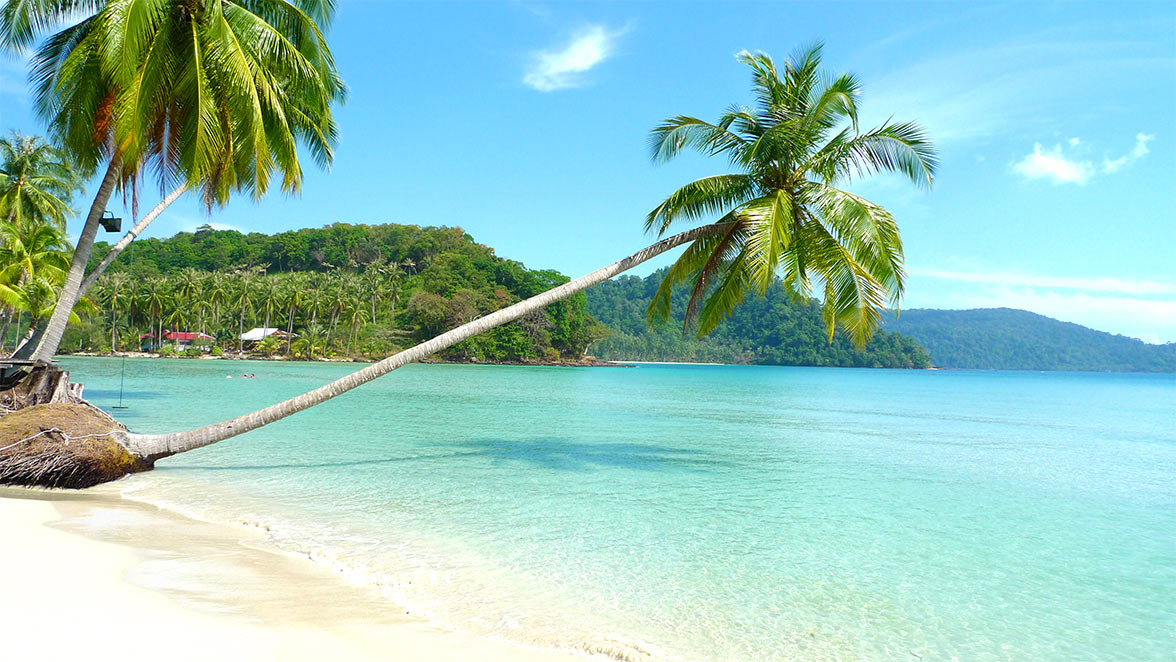
Koh Mak & Koh Kood
The island of Koh Kood is located 350 km southeast of Bangkok, Thailand and 80 km off the Thai mainland. Easily accessible from the hub that is Bangkok, it feels like a land before time. The fourth largest island in the country, it remains remarkably undeveloped. Untouched slopes, wild interiors and immaculate beaches compose its raw glamour. The isle’s charms inspired the rustic-chic design of the resort, sustainably crafted with recycled wood like the poles that bring to mind the stilts of the local fishing villages.
Footnote:
Contact Seal Superyachts Thailand for detailed information about cruising around Thailand, superyacht charter regulations and about how we can support your visit.
Principle agent Adam Frost is proud to have worked with many of the World’s largest Superyachts and has extensive knowledge of Thailand and the surrounding area.
Adam Frost
Phone: +66 81 979 6636
Email: thailand@seal-superyachts.com